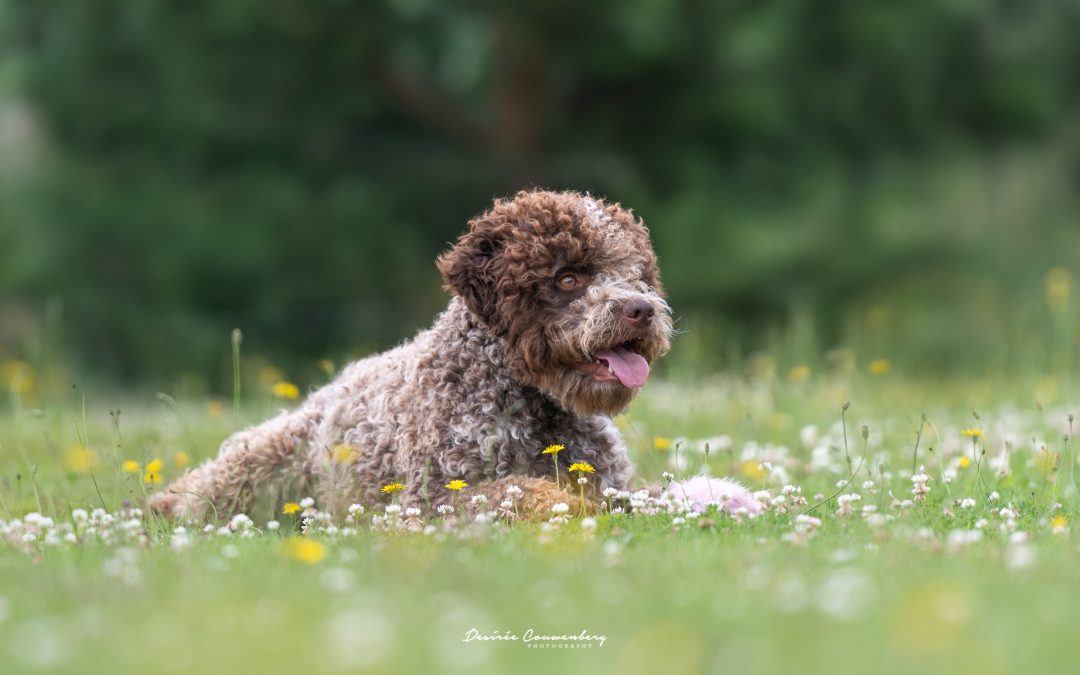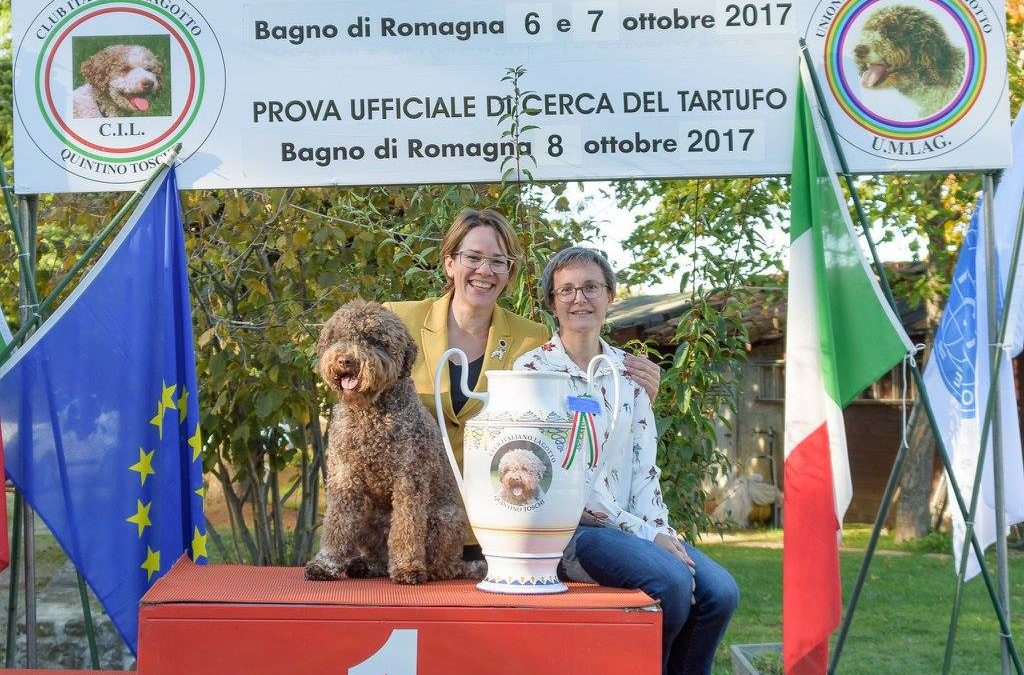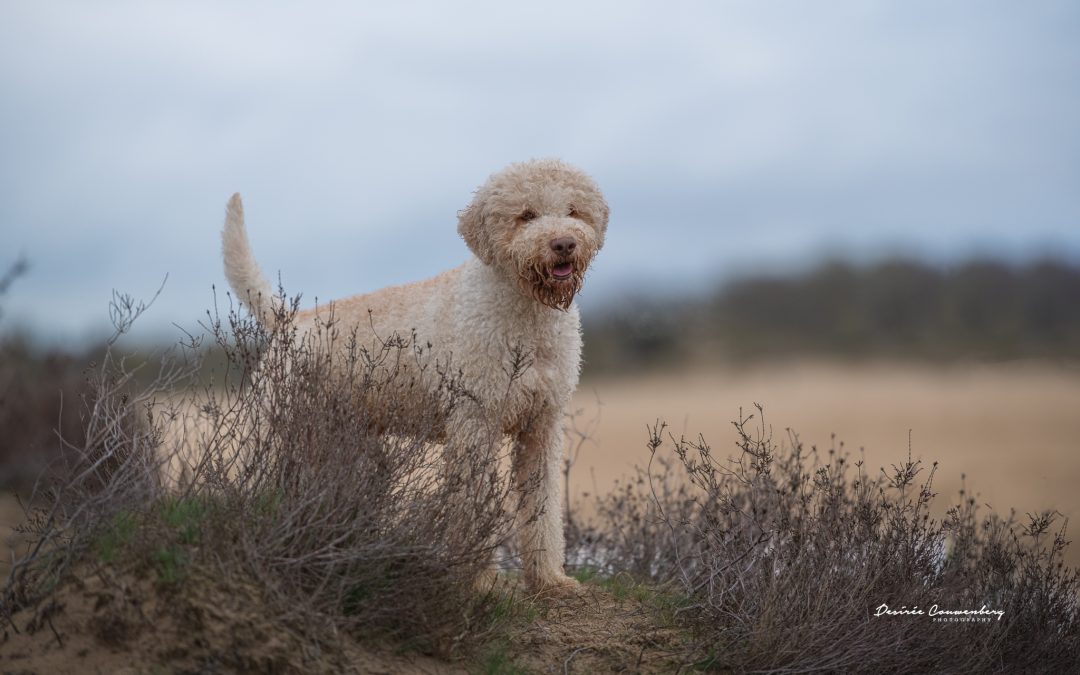
by Katrien van Gemert | Jan 9, 2024 | Rozebottel's Lagotto Romagnolo
Katrien van GemertKennel Rozebottel'sLeunisdijk 535296KX EschThe Netherlands...

by Katrien van Gemert | Jan 9, 2024 | Rozebottel's Lagotto Romagnolo
We are Saskia and Katrien and live in Esch. A cosy village just below s-Hertogenbosch. Katrien grew up with animals and breeding dogs has always been part of her life. The very first litter born with the kennel name Rozebottel's was...

by Katrien van Gemert | Nov 23, 2022 | Rozebottel's Lagotto Romagnolo
Follow Our Facebook page keeps you up to date with the latest news about our dogs. By clicking on the link, you will automatically be taken to our Facebook page...






